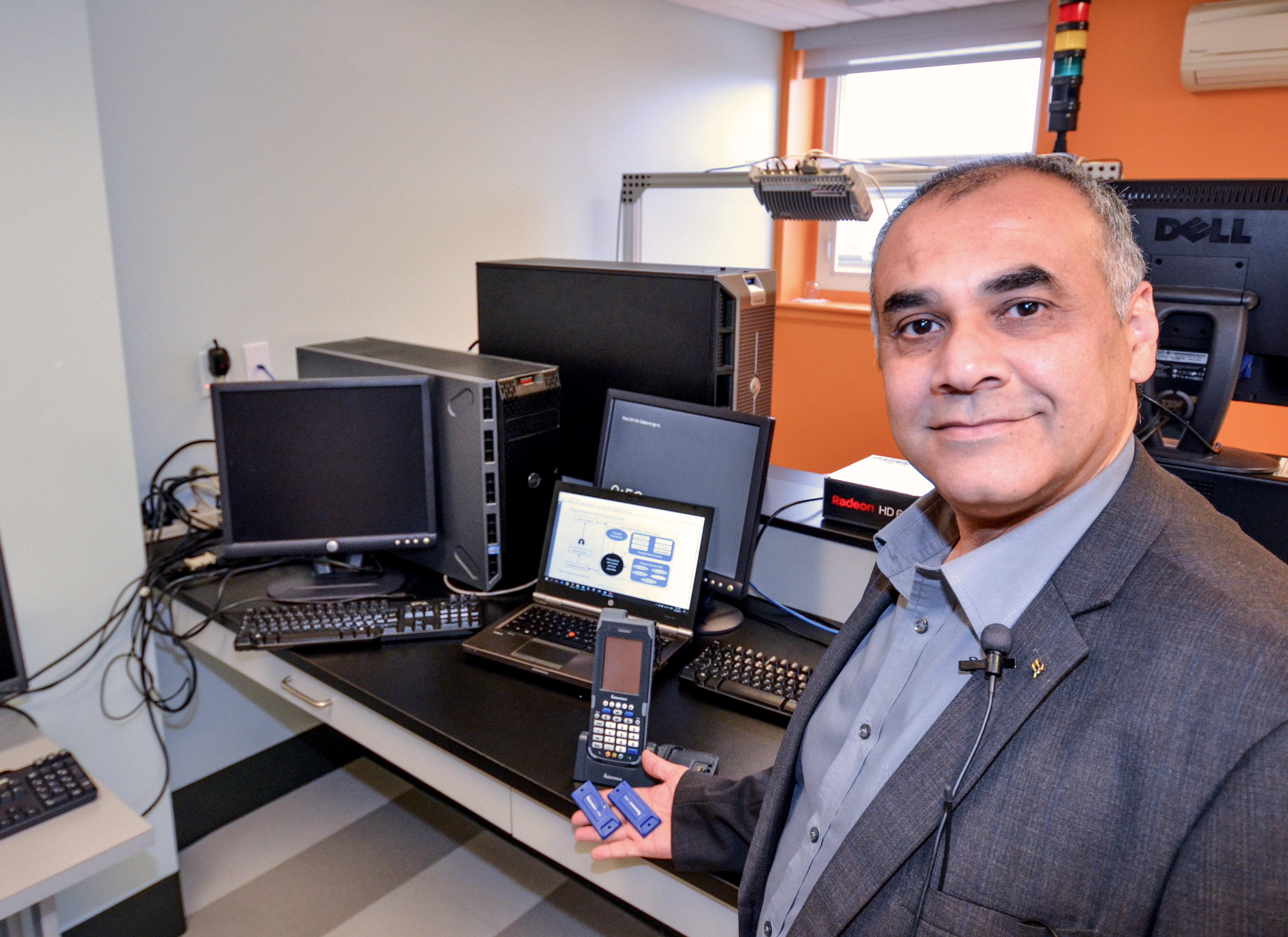 While debates rage over the ethics of artificial intelligence’s role in art or helping students cheat on term papers, Sid Ahmed Selouani has quietly worked with AI to develop industrial applications and improve people’s quality of life.
While debates rage over the ethics of artificial intelligence’s role in art or helping students cheat on term papers, Sid Ahmed Selouani has quietly worked with AI to develop industrial applications and improve people’s quality of life.
He and his lab at the University of Moncton, Shippagan Campus - the Human-System Interaction Research Laboratory (Laboratoire de Recherche en Interaction Humain-Système, LARIHS) - use AI to advance human-system interaction, working on subjects as diverse as emotion, pathological speech and language recognition, telepathology automation and intelligent automation for industrial robots.
Machine learning in cyber-physical systems, which integrate physical and digital components, relies on complex algorithms to make decisions and commit to actions in the real world.
“For example,” explains Selouani, “to help someone with difficulty pronouncing words, like someone who has had a stroke, and can only say bits of words, we use algorithms to understand how the person expresses themself, then replace broken words or segments to generate understandable text.” This is the objective of a company built on LARIHS’s research: to commercialize software that provides people with speech disorders an interpreter to help them communicate. The algorithm analyzes speech, replaces unclear sections with text, then generates a sound similar to a person's voice. The software will also help doctors to monitor patients throughout their rehabilitation.
For an algorithm developed by LARIHS to discern what a person is trying to say, however, it first needs experience listening to human speech. That requires lots of data, analyses, data mining, and comparison, often involving millions of parameters. It takes top-of-the-line supercomputer systems, like those provided by ACENET and the Digital Research Alliance of Canada, to give algorithms the processing power and storage capacity to make the necessary calculations and learn how to interact with the real world. “Our computing capacity has increased at least 10-fold with ACENET,” Selouani explains.
Such processing power opens many doors. Selouani and his team of more than two dozen post-docs, grads, undergrads and research personnel have many projects on the burner, each with their own sub-projects.
For instance, LARIHS is working on a project to teach industrial robots to sort oysters, identifying live oysters from dead ones, and grouping them based on size and overall quality. LARIHS is also working on optimizing telepathology - that is, the classification of human tissues and biological samples at a distance. By processing the images extracted from biopsy analyses, for example, we will be able to better detect abnormalities in the scanned images, thus helping doctors in their assessments.
The applications for these algorithms are as varied as their fields of study. How do you fit all that in one lab? ”Our know-how,” Selouani explains, “which we have developed over the last 20 years, is that we can take an algorithm we have developed for one application and adapt it to other ones.”
Spring, 2023